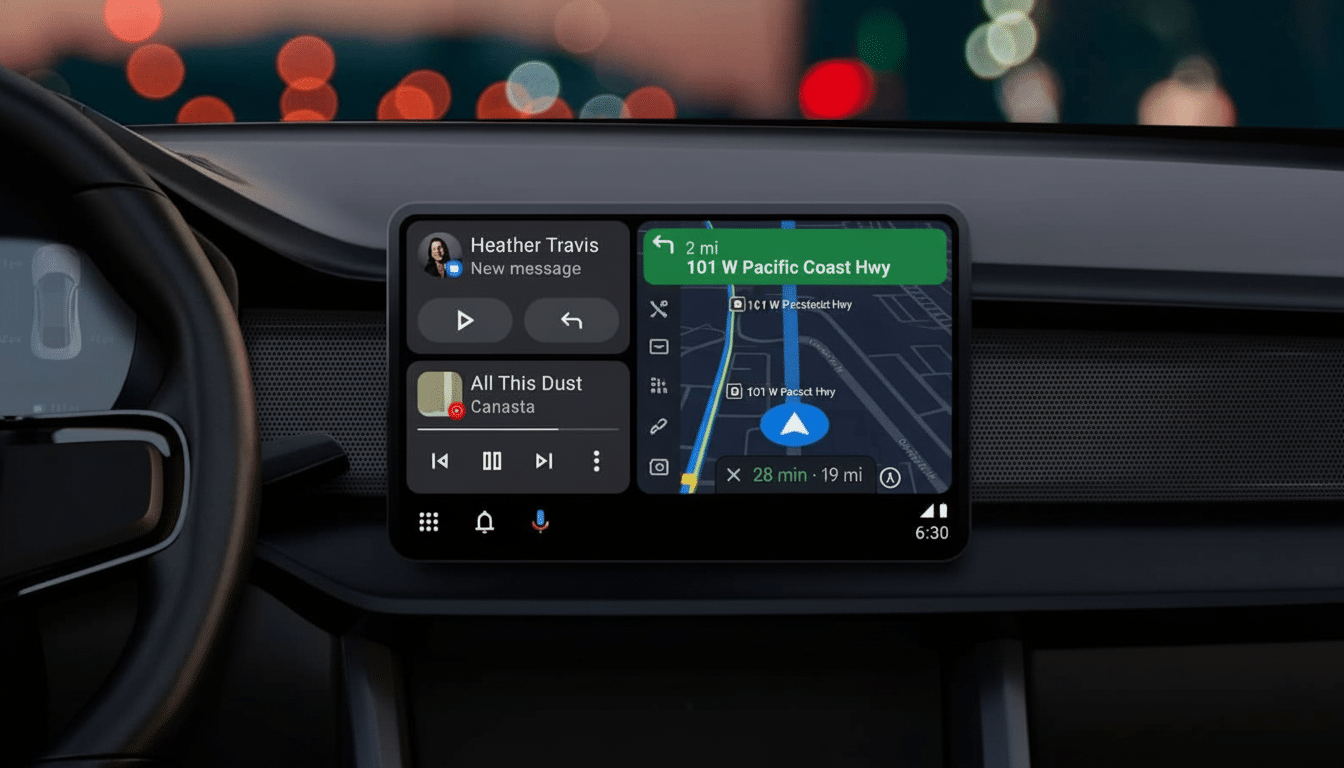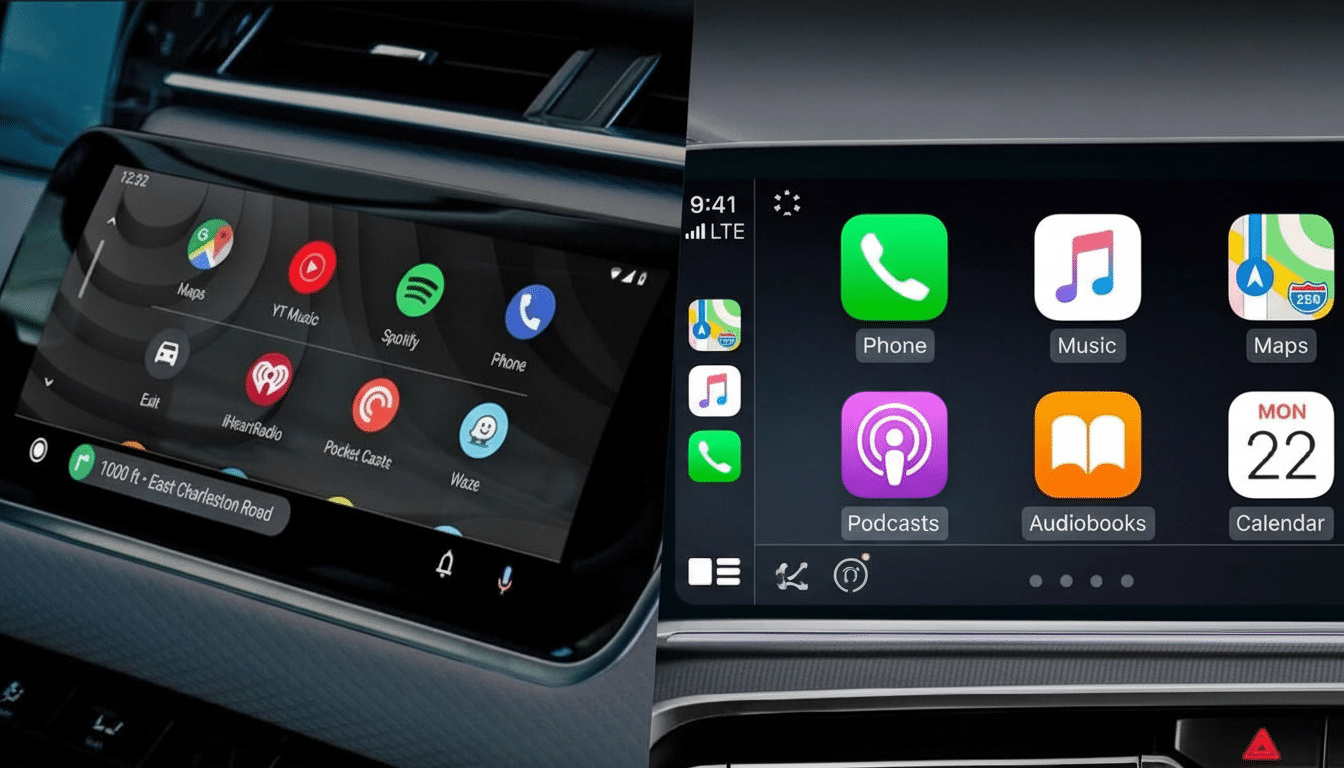Google Maps quietly changes how Suggested Destinations work on Android Auto, community largely rejoices. Now, rather than the suggestions automatically unfurling as soon as Maps launches, they remain tucked away until you tap to open them. It’s a small alteration but one that eliminates the sort of daily annoyance that could divert drivers’ attention behind the wheel.
Why This Quiet Tweak To Android Auto Maps Matters
On in-car screens, every tap and every glance matters. The prior list would frequently hijack the map view on startup, making drivers have to dismiss it before they could do anything else. For regular users of Android Auto, muscle memory had set in to swipe away from the panel — an extra step at the worst possible time.

Minimizing that friction also makes sense as it relates to in-car UX best practice. The AAA Foundation for Traffic Safety has demonstrated over and over again that complicated menus and multistep interactions can lead to significantly longer eyes-off-road time, with infotainment tasks at times requiring up to 40 seconds of driver attention. NHTSA guidelines also stress limited glances — best if under two seconds at a time. By starting with a map free of anything and presenting suggestions as an explicit action, Google Maps is heading towards a glanceable, less distracting experience.
How the New Navigation Flow Works in the Car
So now when you begin Google Maps on Android Auto, the Suggested Destinations panel is kept collapsed. Tap it, and you get a full-screen sheet with Search and a much more readable list of suggestions. The old narrow dropdown full of big photos was harder to scan at a glance than the new full-screen presentation, and it also steers you toward making an active rather than a shot-in-the-dark choice.
Voice actions are unaffected. Drivers who want to stick with hands-free can still say “Navigate to work” or “Find the nearest gas station,” which Android Auto’s design guidelines have always recommended as the safest way to interact with navigation. For everyone else, the change eliminates a bothersome on-screen interruption without eliminating the ability to quickly access suggestions when they are wanted.
Users Divided Over Convenience vs. Control
There have been widespread reports in the r/AndroidAuto subreddit that most are enjoying a more stripped back startup. The old recommendations, many say, were a hit-or-miss at best, and would rarely surface the right place to go — particularly for those with varied routines. And to them, no auto-expanding panel is one less tap every goddamn drive.
Not everyone is thrilled, though. Commuters who rotate between a couple of likely locations — home, work, daycare — appreciate the quick access the dropdown afforded. It was one less thing to do in the morning. For drivers like them, getting a suggestion to appear automatically took a step out of their morning routines. That’s why a number of power users are requesting a toggle: a dead-simple setting that allows the panel to auto-expand for people who depend on it and remain collapsed for everyone else.

The update seems to be coming via a server-side switch as is the case with most Google Maps UI changes. Like many staged releases, some people see the change right away and others will notice it over the coming weeks despite using the same app version and head unit model. This type of A/B testing is common when it comes to in-car interfaces, which are discreetly redesigned for potential larger effects on both behavior and safety.
A Signal of Google’s In-Car Interface Priorities
The update is in line with Android Auto’s broader focus on glanceability and minimal interaction. Google’s developer rules for cars are clear about limiting tap counts, minimizing visual clutter and focusing on tasks that matter for driving. By presenting suggestions as an opt-in choice, Maps shows a preference for a more peaceful default setting.
That also reflects industry feedback. According to J.D. Power’s Tech Experience Index, drivers have repeatedly pointed to infotainment complexity and its erratic behavior as two of their biggest pain points. Reducing startup states and hiding intrusive UI elements can increase satisfaction even when nothing new is added — sometimes the greatest addition comes from subtraction.
What to Do If You Don’t See the Update Yet
If your car is still rendering the old auto-expanding dropdown, make sure you’ve updated Google Maps and Android Auto on your phone (go ahead and reboot both your phone and the infotainment center). Since this seems to be a server-side setting, it might reach you without an app update. You’ll typically need to be patient, as resorting to clearing cache or reinstalling probably won’t force it.
Regarding the long-term request, a preference to select the default on/off state for Suggested Destinations would make both sides happy. But until then, the new behavior is a welcome change for most Android Auto drivers: fewer interruptions, more map and a user interface that better reflects how people actually get around.

